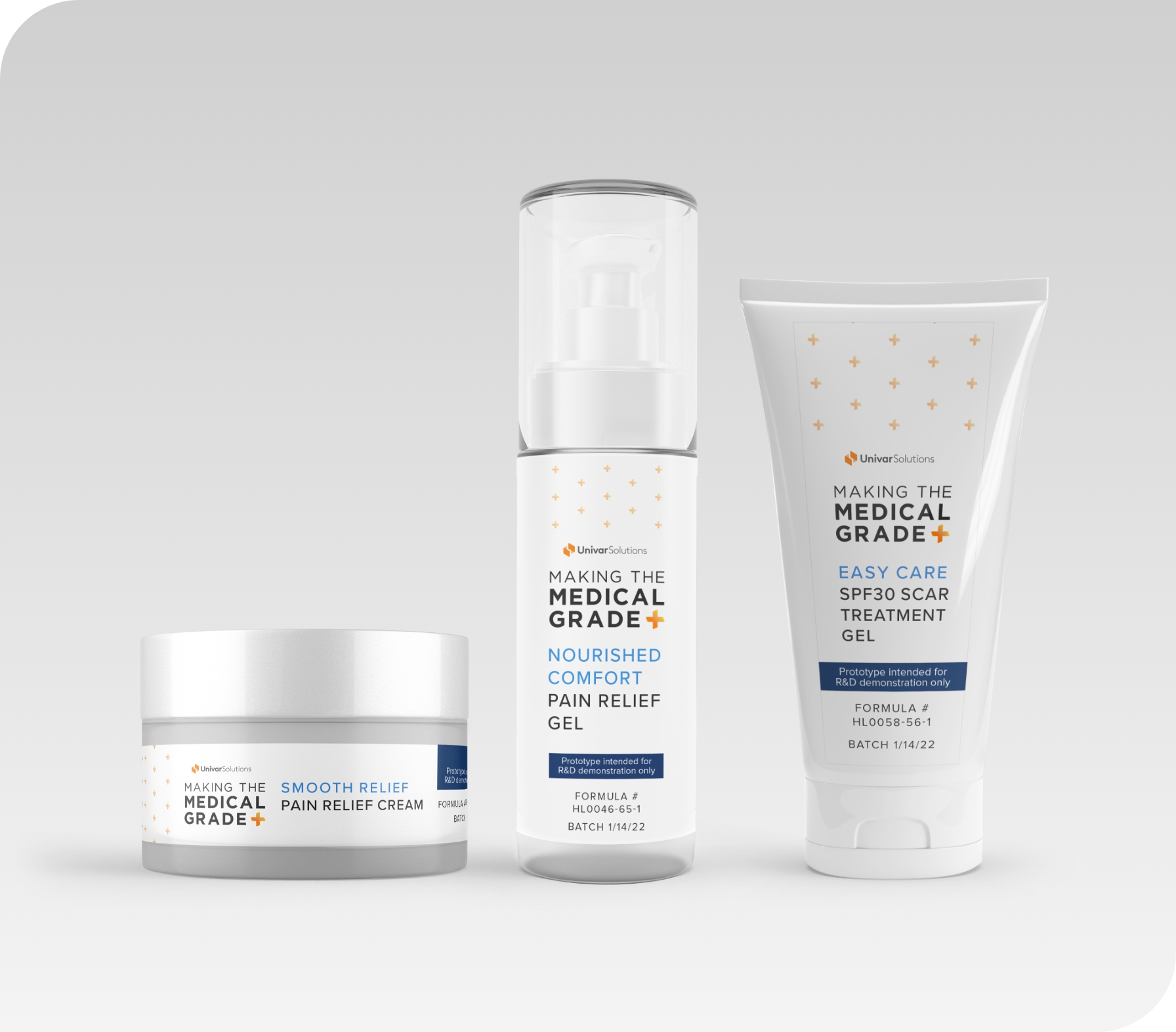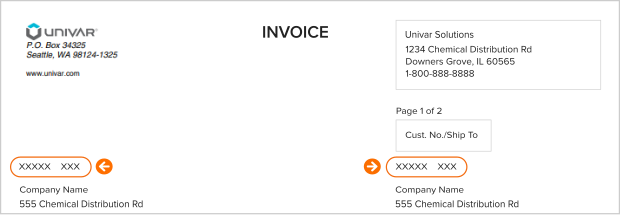We’re here to provide you with more information or help answer any questions you might have. Send us a note and we’ll get back to you as soon as possible.
How to formulate for topical therapeutics with greater appeal and efficacy
Topical drug delivery dates to several thousand years ago. First appearing in Mesopotamian records around 3000-3500 B.C., topical drug delivery has since evolved into the more sophisticated solutions we see today. Currently, most topical drug products are semisolids, such as gels and creams, administered by licensed medical professionals rather than the historical medicinal salves doled out by high priests.
However, despite the advances made, successfully delivering topical therapeutics to the target tissue is still not always an easy endeavor. The skin, the most common site of action for topicals, is the largest organ in the human body consisting of complex layers inherently designed to keep foreign bodies and potential pathogens out. Successful pharmaceutical companies need to address this challenge to develop a topical product, but they also need to navigate an increasingly crowded market.
So, how do you make your topical product the preferred treatment among prescribers and consumers? What ingredients can be used for a topical to be effective, have greater appeal, and exceed customer needs and expectations?
Here, we answer some of the market's most burning questions with experts from Univar Solutions Pharmaceutical Ingredients team, Ishani Maharaj, application development specialist, and Allison Hunter, technical services manager at the Houston Solution Center. With their technical guidance, we'll look at components of topical formulation and factors to consider when choosing a topical preparation and alternatives for excipients and ingredients to incorporate in your formulation to improve appeal and efficacy.
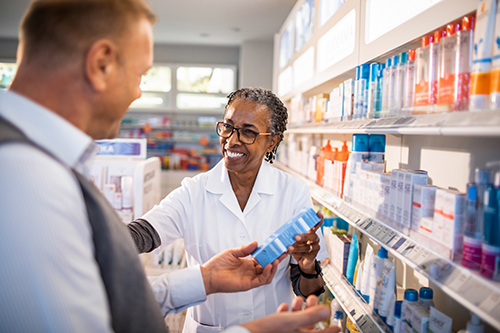

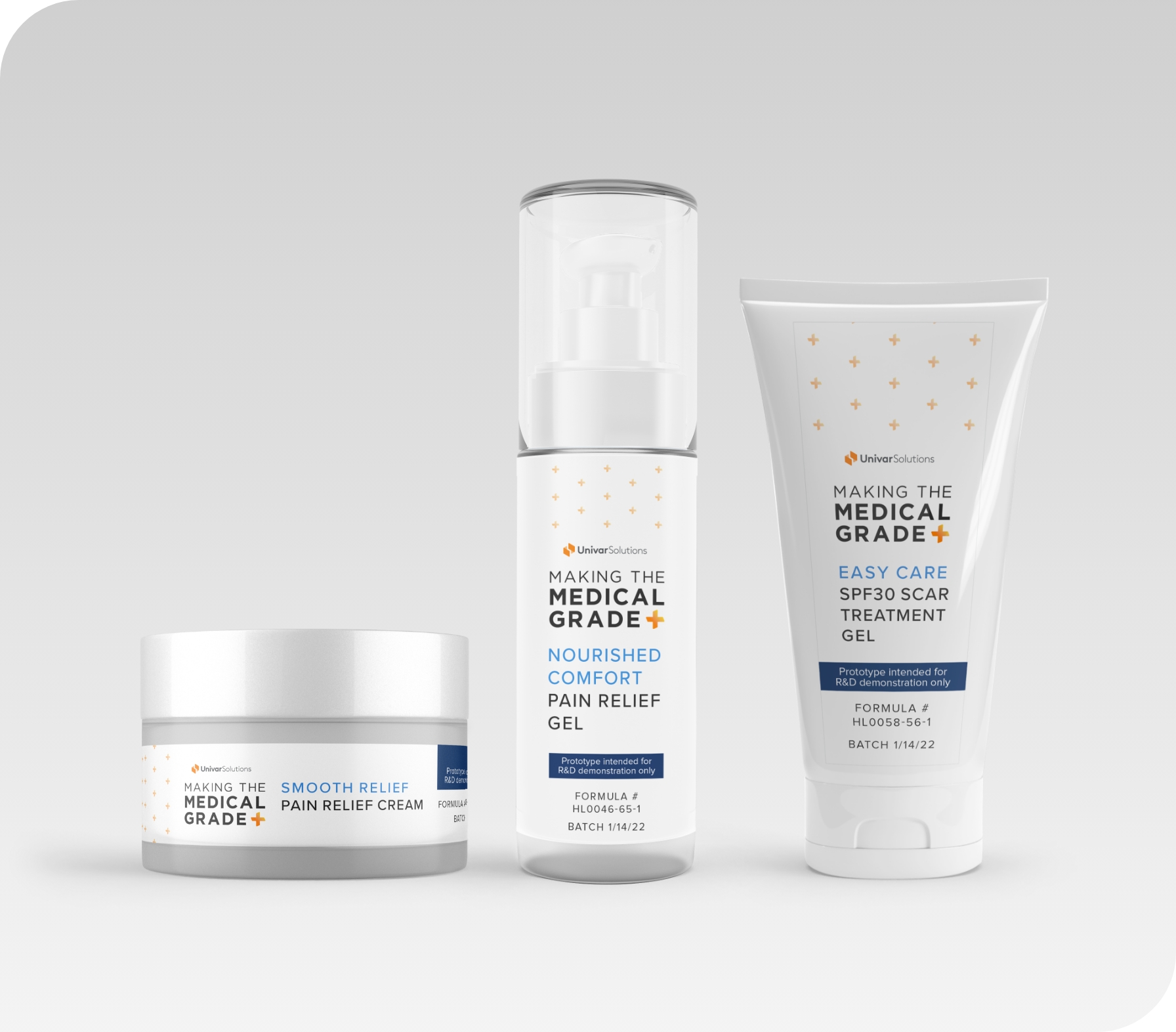

What are the cellular target sites for the delivery of topical products?
The skin is a complex, multilayered structure, and its primary role is to act as a barrier between the body and the relatively hostile external environment. The stratum corneum is a highly structured lipid-rich region that minimizes the entrance of water, oxygen, and chemicals. It is a mechanical barrier to consider when designing a topical formulation and its permeative properties.
Topical products primarily target the viable epidermis targeting nerves, keratinocytes, melanocytes, Langerhans cells and hair follicles. Topical preparations applied to the skin rely on passive diffusion into the epidermis creating a local effect and only minimally penetrating the dermis layer, which is its designed intent, unlike transdermal formulations, which traverse all skin layers to enter systemic circulation. A topical with enhanced permeation has three possible routes across the epidermis when applied to the skin: via (a) the appendages, (b) the corneocytes (transcellular route), and (c) the matrix layers (intercellular route). Most compounds permeate the skin through a combination of pathways based on the physicochemical properties of the carrier molecules in the formulation. Topical formulation products involved in different cellular interactions depend on the drug action, skin metabolism, pharmaceutical, and dermatological factors.
Why is the formulation of topical therapies important?
Minor differences in the formulation can make differences in the effectiveness of a topical medication. The product may be designed to be moisturizing or to maximize the penetration of an active ingredient into or through the skin. Topical formulation goals also include product stability through shelf life, its ability to not metabolize in skin, its ability to stay dissolved at right concentrations, and its capability to achieve desired release rates.
The formulation optimizes the delivery of the preparation for a particular site of the body or type of skin condition. Hence, the topical formulation must be specifically designed to consider thickness of the skin, the condition of the skin (intact versus damaged), the concentration, molecular size, and the hydrophilic-lipophilic balance of the active and ingredients.
Formulating a topical also needs to consider how the patient will comply with the application of the topical. Ultimately the effectiveness of the topical treatment heavily lies in its tailored formulation, both for optimal delivery of the active ingredient, as well as a desired texture and feel of the product by the consumer.
What factors should you consider when choosing a topical preparation?
Topical formulations enable active ingredients to be applied locally to the area requiring treatment. The key considerations when choosing a topical preparation are the site of application (surface type, skin type and condition, cuts/wounds etc.) and the objective of the treatment—hydration, cooling, protective, anti-microbial or scar fading. These allow the selection of the topical treatment to contain the appropriate actives in the optimal consistency and texture to maximize the efficacy of the intended treatment. The most common types of topical preparations include:
- Lotions are a very low viscosity solution or suspension of a drug for application to large areas of the skin. They contain high water and very low oil content (thin consistency) and suitable for formulating oil-free products.
- Gels are solutions of a drug in a viscous matrix generally consisting of cellulose, water, and alcohol. Gels have a higher absorption rate and offer skin hydration without residue that leaves excess oil on the skin. The drug loading of gels is low, up to 2% and dependent on the solubility of the drug in the matrix. Gels are not ideal for sensitive or dry skin as this form may cause irritation and excess dryness.
- Creams are viscous emulsions, usually equal parts of water to oil. Creams are used mostly with lipophilic compounds that dissolve readily in the oily phase. The drug loading tends to be low and depends on the solubility of the drug in the oily phase. Creams offer better absorption through the skin due to their higher water content.
- Ointments are extremely viscous suspensions of drug particles in a “waxy” paste. This preparation generally contains excipients such as paraffin, animal fats, emulsifying wax, beeswax, cetrimide, macrogols, or vegetable oils to give an occlusive effect.
Creams and lotions are the most suitable options for wet or oozy skin conditions. Ointments are most appropriate for dry, scaly skin conditions or where an occlusive type of form is needed. For inflamed skin, creams or ointments are the best options. And finally, for skin that is cracked or has open sores, avoid alcohol and acidic preparations. Consider irritation or sensitization potential, which can cause side effects by being excessively drying or occlusive depending on the frequency of use. Generally, ointments without creams are less irritating while some gels are more irritating. Ointments do not contain preservatives or emulsifiers if allergy to these excipients is a concern.
Choosing the right excipient for a topical formulation
Selecting the right excipients are crucial when formulating a topical preparation based on its treatment goal. The excipients are chosen to optimize the drug substance's solubility and prevent oil and water phase separation. Depending on the nature of the active ingredient (e.g., hydrophilic/ hydrophobic), an appropriate base or vehicle will need to be selected that is compatible with the active. The vehicle usually contains water, oil, alcohol, or propylene glycol mixed with emulsifiers, promoters for absorption, preservatives, and fragrances. For example, an occlusive vehicle enhances penetration of the active ingredient and improves efficacy, making this a suitable choice for an antimicrobial preparation for a cut or wound. The vehicle itself may have a cooling, drying, emollient, or protective action, which should be considered when determining the best consistency or texture of the topical.
In producing topical treatments, it's not only the treatment effectiveness that is important. Consumers will turn away a cream or gel because of its stickiness, oiliness, dryness, shininess, smell, tackiness, or any other unappealing characteristic they find in your product. Formulators and developers face aisles and shelves full of competing creams, ointments, and gel alternatives available to consumers. Our technical experts can help you identify ingredients to improve efficacy, appeal and consumer preference.
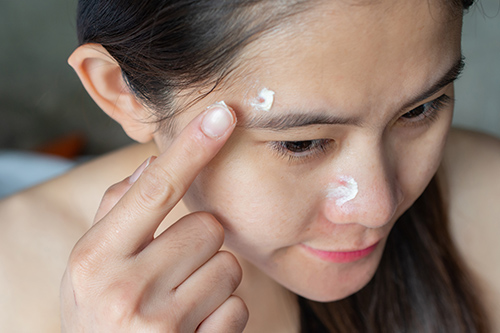

Topical formulas: Excipients and ingredients in application
Additional resources


